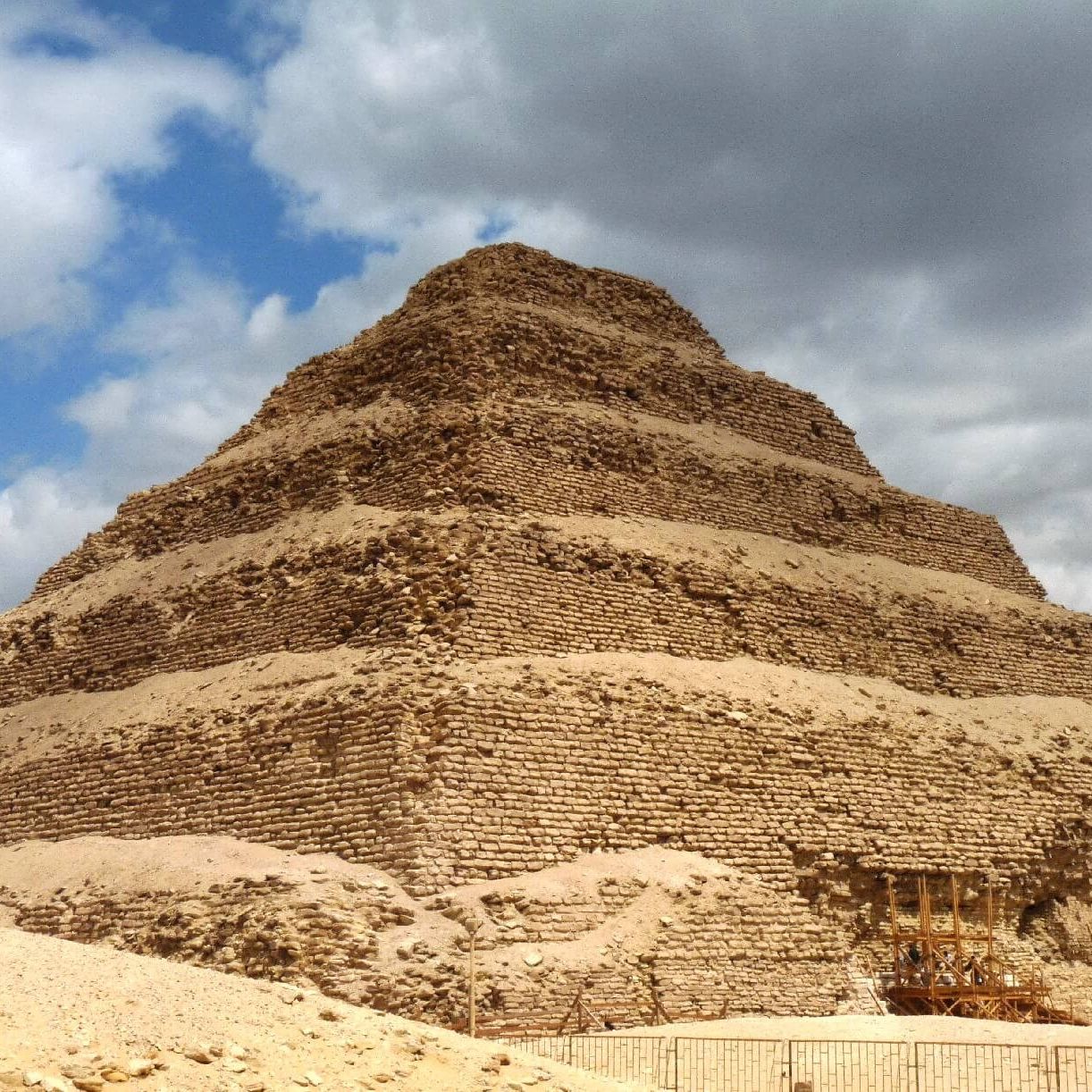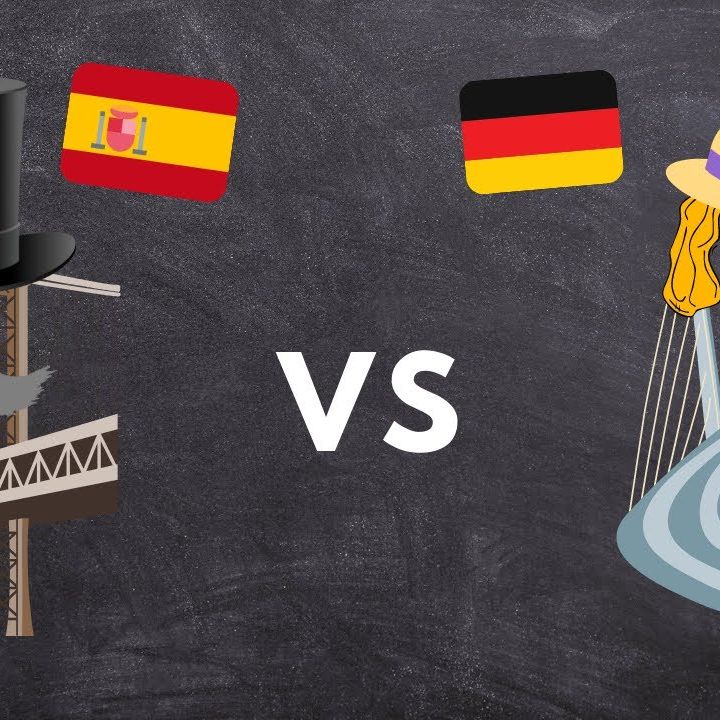
Cambridge IELTS Reading & Comprehension. The Step Pyramid of Djoser Part 2
الوصف
The Step Pyramid of Djoser Part 2.
D
When finally completed, the Step Pyramid rose 62 meters high and was the tallest structure of its time. The complex in which it was built was the size of a city in ancient Egypt and included a temple, courtyards, shrines, and living quarters for the priests. It covered a region of 16 hectares and was surrounded by a wall 10.5 meters high. The wall had 13 false doors cut into it with only one true entrance cut into the south-east corner; the entire wall was then ringed by a trench 750 meters long and 40 meters wide. The false doors and the trench were incorporated into the complex to discourage unwanted visitors. If someone wished to enter, he or she would have needed to know in advance how to find the location of the true opening in the wall. Djoser was so proud of his accomplishment that he broke the tradition of having only his own name on the monument and had Imhotep’s name carved on it as well.
E
The burial chamber of the tomb, where the king’s body was laid to rest, was dug beneath the base of the pyramid, surrounded by a vast maze of long tunnels that had rooms off them to discourage robbers. One of the most mysterious discoveries found inside the pyramid was a large number of stone vessels. Over 40,000 of these vessels, of various forms and shapes, were discovered in storerooms off the pyramid’s underground passages. They are inscribed with the names of rulers from the First and Second Dynasties of Egypt and made from different kinds of stone.
Continuing with the text below
قناة البث الصوتي
The Habits of Highly Effective English Communicators
المؤلف
جميع الحلقات

Travel Differences Between China and Western

夏なんですnatsunandesu. Learn Japanese with Song Lyrics

Mata ng Reindeer

第二回:2年ぶりのサウジアラビアへ~3歳の息子と24時間の旅~

Gouty Arthritis (Gout) 🏥

Ep 23 - Tech - friend or foe ?

Episode 1: Linguistic relativity (How object gender influences the way you perceive it)

TACOS 4
حلقات رائجة

Cherry Blablabla|Chinese&English
Travel Differences Between China and Western

Learn with words of song! 【Help improve your listening skills, learn new words】by Karen
夏なんですnatsunandesu. Learn Japanese with Song Lyrics

Learn Tagalog with Teacher Regina
Mata ng Reindeer

Japanese with Yoshiko(スクリプト付)
第二回:2年ぶりのサウジアラビアへ~3歳の息子と24時間の旅~

Medical Spanish
Gouty Arthritis (Gout) 🏥

British English with Maria
Ep 23 - Tech - friend or foe ?

The Age of Humans
Episode 1: Linguistic relativity (How object gender influences the way you perceive it)

Spanish México
TACOS 4